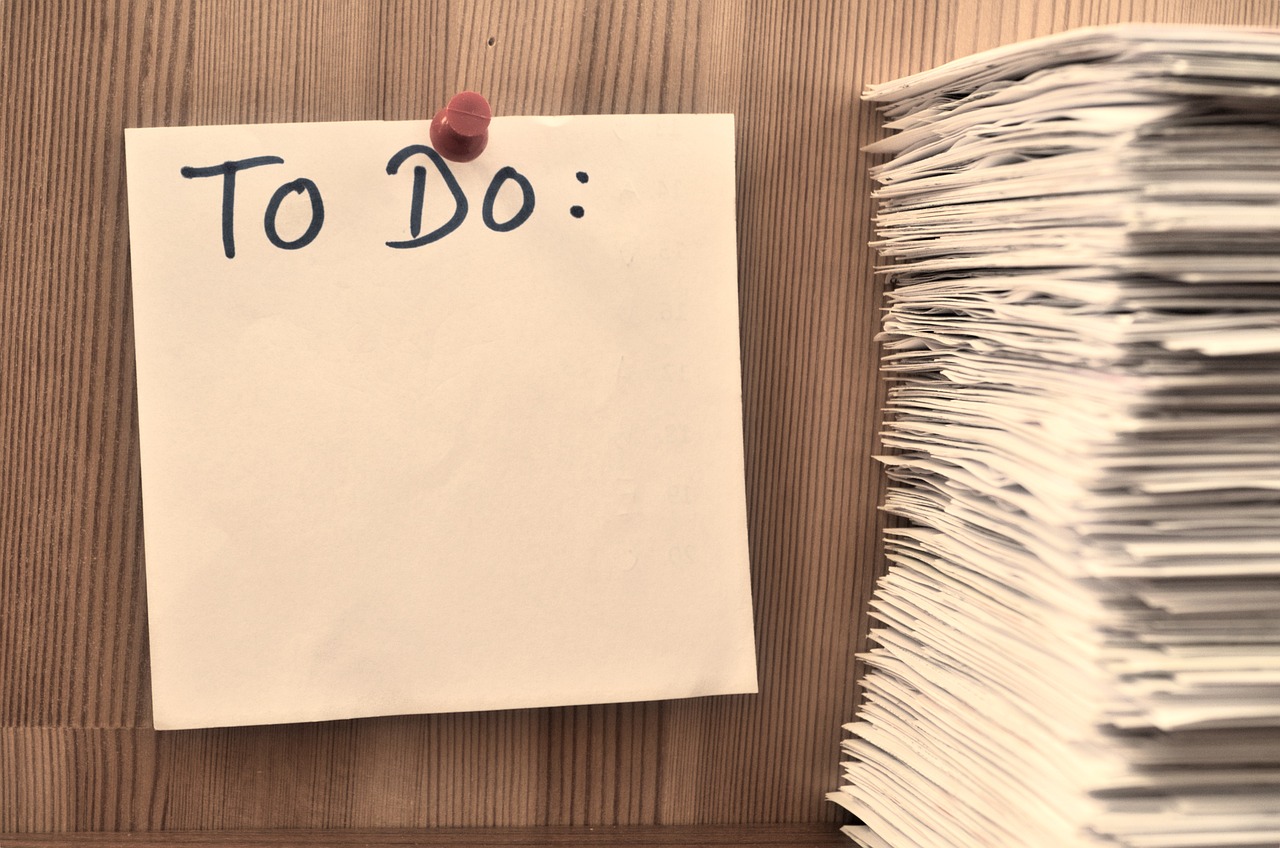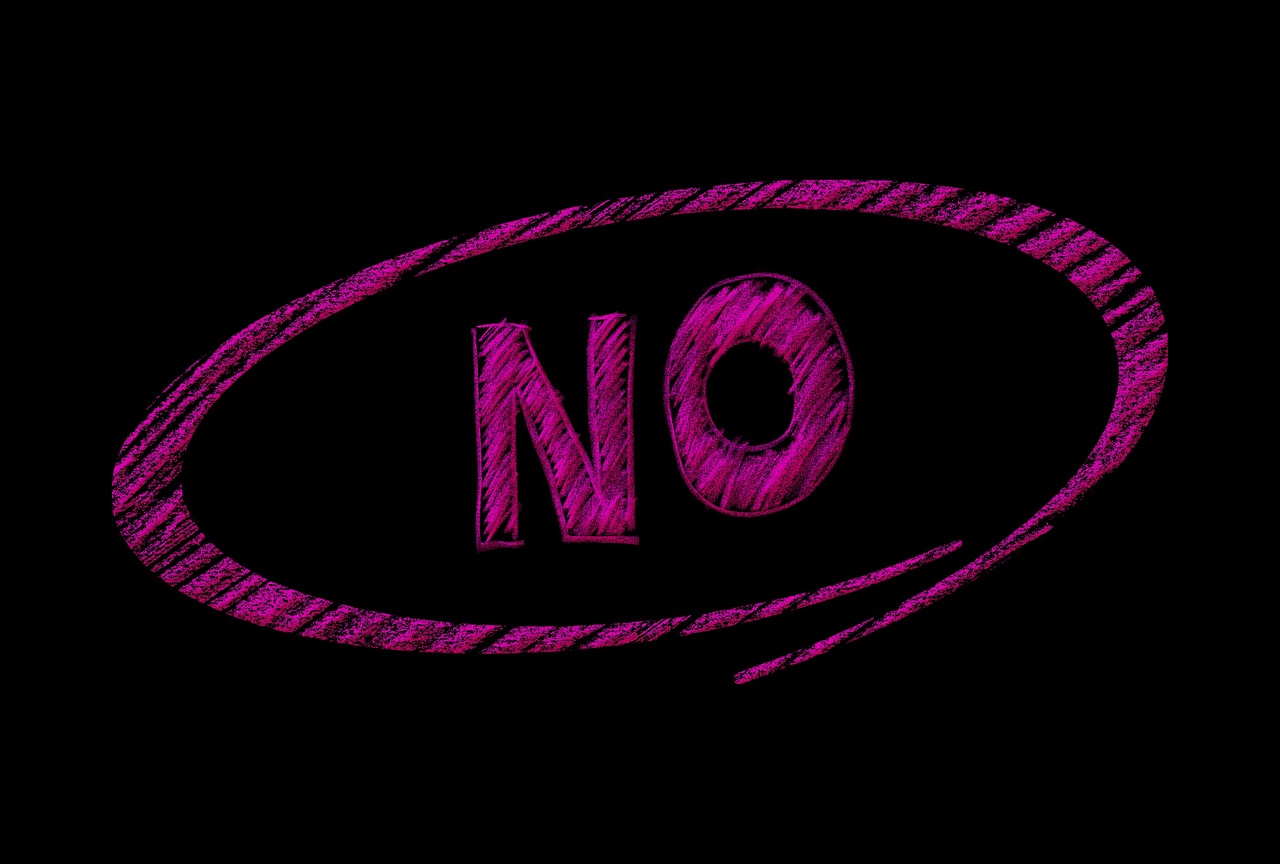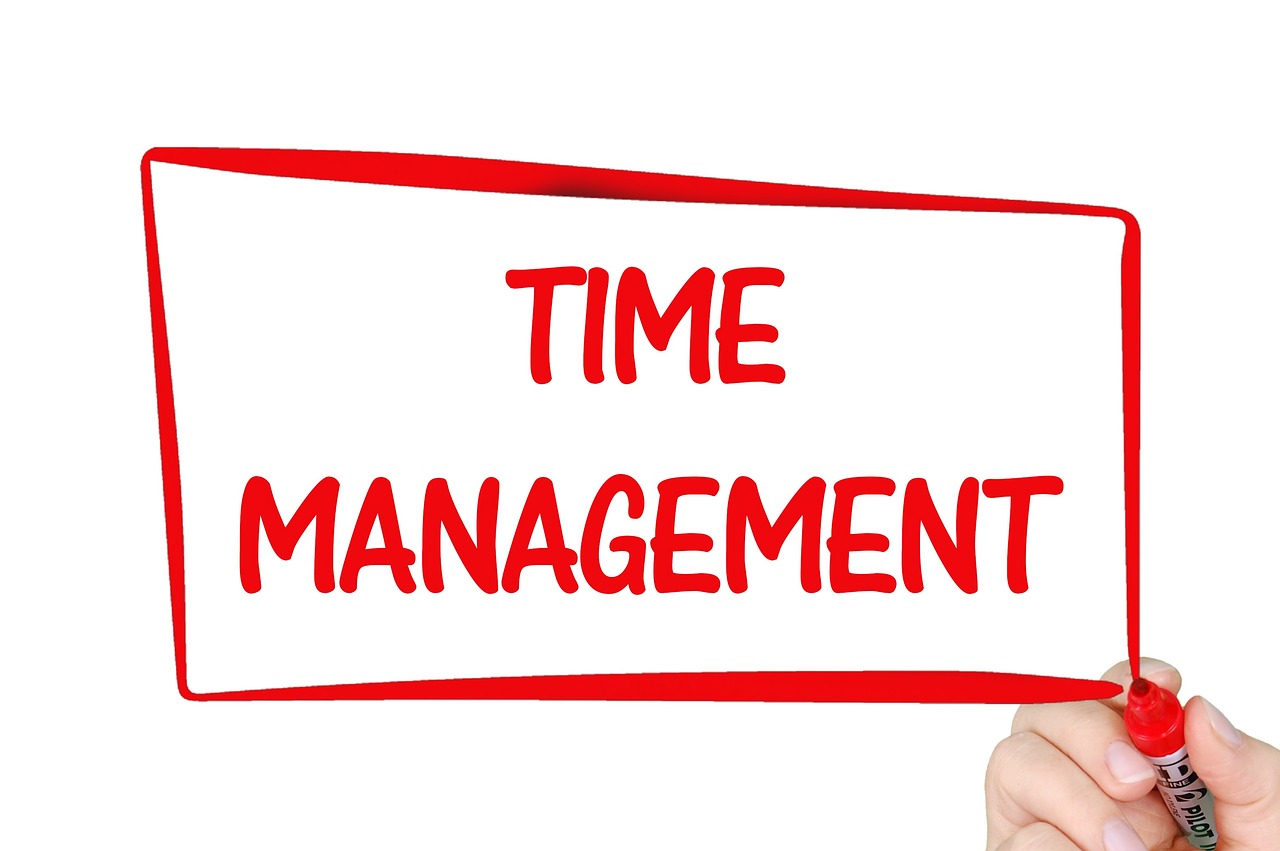We need time management to attend to our productivity while decreasing our stress while achieving long-term success. Many people experience difficulties with time arrangement and scheduling because they are overwhelmed by their duties and tasks. The ability to manage tasks and prioritize them helps people maintain a good work-life balance and improve their overall productivity.
As a limited resource, time determines the quality of both personal and professional life based on how it is used. Building up time management skills requires understanding priorities, having realistic goals and methods that do not end in burnout. When people establish routine structures and improve their daily schedules they achieve better time management and usually obtain more results with less expenditure of energy.
Understanding Priorities and Setting Goals
The core of efficient time management consists of identifying important tasks and maintaining proper focus. A significant portion of individuals invest too much time on irrelevant activities which results in inefficient output and unproductive effort. By creating precise priorities we direct our energy toward tasks that generate maximum benefit. By establishing specific, measurable and attainable goals people ensure they dedicate their time to productive activities. The SMART framework enables people to develop detailed targets which provide effective guidance through specific requirements for clarity and measurable outcomes. The repeated assessment of goals guarantees that personal and professional objectives stay aligned during their evolution.

The Role of Scheduling in Time Management
A good schedule functions as direction that directs daily operations and stops task-distracting activities from disrupting productivity. Some people use structured time blocks to manage tasks effectively to maintain successful outcomes. When using time-blocking people dedicate certain periods for work meetings and personal activities while giving each task exclusive focus. Digital planners and calendar applications provide organizations with useful tools to structure schedules and set reminders while tracking progress. When people establish routine patterns as either daily or weekly they eliminate unknown factors while developing consistent work practices. When someone maintains an organized schedule they stay ahead of deadlines because they avoid the stress of sudden task assignments and they keep their workload steady.
Keeping Procrastination at Bay and Stay Focused
One of the biggest obstacles to effective time management is procrastination. Some people put off important tasks because they lack motivation, fear failure, or can’t concentrate. Overcoming procrastination is a multi-faceted process that involves self-discipline, planned structure, and what makes you tick in terms of productivity.
Making tasks into smaller, more understandable segments makes them less scary and more appealing to begin. The Pomodoro Technique that involves working in focused intervals then taking short breaks has been proven to help people maintain concentration. It helps people to minimize diversion, for instance, by avoiding tasks like checking social media or by not having unplanned interjections, so they can stay focused and complete their tasks more effectively.
The Importance of Delegation and Saying No
Time management issues often stem from people who assume more duties than they can effectively manage. Both delegating responsibilities and setting proper limits are essential to both personal efficiency and as a protection against burnout. Through proper delegation, workloads are more evenly distributed, so managers remain free to attend to important tasks while other duties are handled by other qualified personnel. This paper will also highlight the importance of the response, ‘No’ to non-essential commitments. Although it may be unorthodox, refraining from tasks that are not related to the company’s goals will allow more time for related tasks. Superiors should also learn how to set proper limits to avoid task overload which can affect productivity and health.

Balancing Work and Personal Time
Time scheduling requires setting aside both professional and personal time intervals. Most people experience difficulties in distinguishing between work and personal life which results in increased stress levels and reduced life satisfaction. Separate time boundaries between work and leisure activities help address missing needs in both areas.
Calm activities such as exercise and hobbies together with social interactions improve mental clarity which benefits overall health. Effective time management techniques enable people to meet work requirements while also pursuing their personal interests through structured planning. Balance between work and life keeps burnout at bay while supporting long-term productivity.
The Role of Reflection and Continuous Improvement
Time management is a skill that needs to be developed further through time. Through a regular review of every day’s habits and productivity, the areas that need improvement can be determined. Staying self-aware through a journal or self-assessments at intervals helps people visualize how they spend their time so they can modify strategies when needed. When it comes to continuous improvement in time management, we try new methods and figure out which approach is most effective for our unique style. When people reflect on their time management, they learn from their experiences and modify their routines to move ahead steadily in becoming more efficient.
It is essential to learn to handle time management as a way to increase productivity as well as to live a balanced life. It is possible to minimize stress while optimizing the use of time through setting priorities, scheduling, managing procrastination, and defining limits. Long-term efficiency and goal achievement are supported by practices such as delegation, self-discipline, and consistent self-assessment. Living a more organized, productive, and fulfilling life depends on establishing structured time management practices. When people put in effort and commit to proper time allocation methods they obtain more control over their time schedules which enables them to focus on important matters while preserving their well-being.


